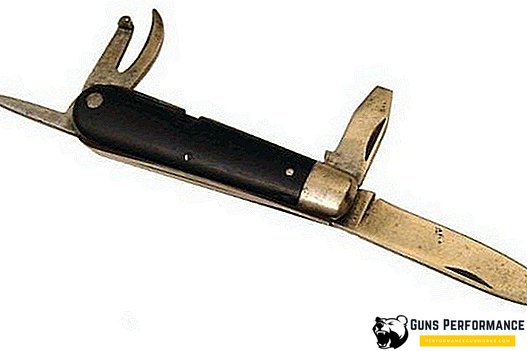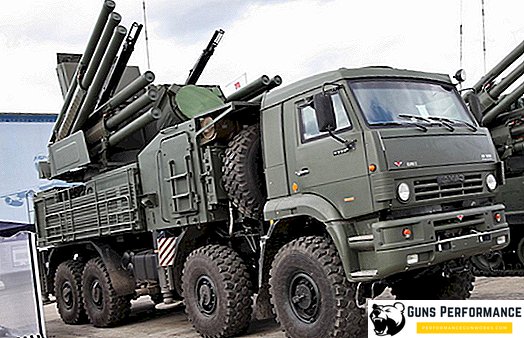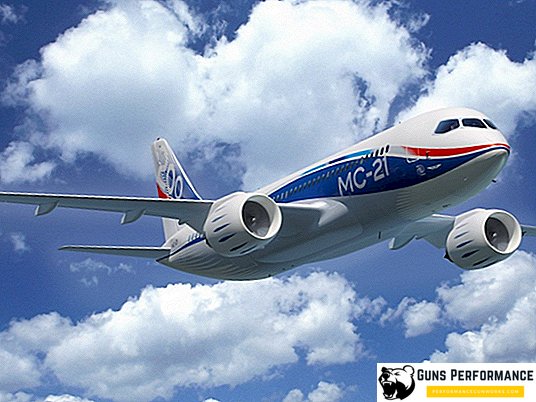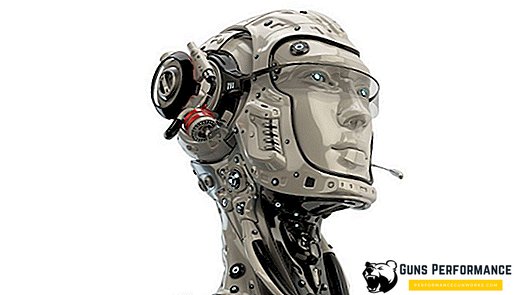Of the many brands of knives it is difficult to find such eminent samples that could compete with the Swiss ones. These knives are brands, guarantors of high quality and versatility, which occupy the highest positions for many years.

At first it was a Swiss army knife, which was supposed to help soldiers in a military situation to overpower canned food and a new rifle, which needs to be unwound frequently in order to clean it. Thus, at the end of the 19th century, the development of a soldier’s army folding knife began. The authorship of this project is attributed to the history of the legendary Karl Elsener, the founder of one of the two world companies (Victorinox), who have been producing Swiss knives so far.
The functionality of such knives included:
- Blade;
- Screwdriver;
- Awl;
- Can-opener.
However, this was nothing original, since at that time there was already the analogy of a folding military knife. It was a sample of German quality and more affordable zolingham. To beat such a strong competitor happened only in 1897.
The Swiss knife is world famous thanks to the American military. They, especially after the war, began to call any penknife - a Swiss knife. However, the high quality of each individual model, every detail thought out to the smallest detail, helped to gain the leading positions to the real Swiss knife.

As it turned out, making genuine Swiss knives is an art. The main component, which is considered the presence of high-quality stainless steel with chromium, molybdenum, manganese, and silicon. The very formula of the metal for decades is kept in the strictest confidence. A variety of nozzles are weighty evidence that the Swiss knives are not just developing, but one can say ahead of time and dictate the corresponding mood to society.
As a result, the folding components in the knives include such nozzles:
- Awl;
- Wood saw;
- Scissors;
- Bottle opener;
- Tweezers;
- Screwdriver.
Based on this, it is clear that there is no finished product. All products are equipped with different nozzles, which makes them unique. The development of new baits does not stop until now. The knives themselves of the Swiss army of the modern world have become a universal identity that can be indispensable in a wide variety of everyday circumstances.
If someone decided to purchase such a remarkable miniature tool kit, in the form of a Swiss army knife, then this is a good step. But how to make the right choice? How not to be mistaken in the selection of a suitable model among a considerable variety in the assortment? What should I look for first? If you listen to the advice of experts, you can make the right choice and purchase the necessary thing for yourself.

A brief history of the creation of Swiss army knives

It is known that the Swiss army is considered one of the strongest in the world. The perfectly prepared and superbly equipped army was a powerful argument that allowed this small state to avoid occupation even when two world wars were in progress. All eligible citizens of an alpine multiethnic state go through the first “term”, and then remain reservists until the fiftieth anniversary. All soldiers must be given samples of Swiss technology and high quality folding pocket knives.
In 1886 they decided to uniform all the soldiers with simple single-blade folding knives. But after a new rifle was put into service in 1889, it took the use of a screwdriver to disassemble it. At the same time they decided to change the ordinary knife to a multifunctional one. What was in the new tool, has already been mentioned above.
In those days, the production capacity for the manufacture of knives in Switzerland was fairly well developed. However, they could not numerically satisfy the army requirements. As a result, the first orders were placed in Solingen, Germany.
Then, in 1891, the Swiss Guild of Scissors was created, initiated by Karl Elsner. This organization managed to get a government order for the supply of knives for military needs. However, in 1893 another company, Paul Boechat & Cie, received an order. Later it was renamed as Wenger from the name of its owner, who for 40 years was Theodore Wenger.

As a result, two companies began to supply army knives: Victorinox - since 1891, and since 1893 already Wenger. There is one more nuance here. Victorinox is located in the town of Schwyz - this is a German-speaking canton, and Wenger is in the city of Cortel, which is French-speaking.
To avoid misunderstandings between them, the wise Swiss authorities had to find an interesting way out. So, since 1908, they made the same orders from both manufacturers. In addition, they were given the right to use state symbols - “Cross on the shield”.
Since then, Victorinox calls its knives "original" (real), and Wenger - "genuine" (true) Swiss army knives. Whatever it was, but both manufacturers produce their products not for the first hundred years, and their products meet the highest requirements dictated by time.
An example of a modern Swiss knife
For example, the Victorinox Rescue Tool army knife has a clamp, 113 mm. Recommended for rescuers, firefighters, police. The handle does not allow slippage of hands.
It has 15 functions, including:
- Large blade, opened with only one hand;
- Cross screwdriver;
- Glass breaking tool;
- Large flat screwdriver;
- The tool to remove the insulation;
- Bottle opener;
- Awl, sweep and punch;
- Cutter Sling;
- Saw for cutting triplex (windshield on cars);
- Tweezers;
- Toothpick;
- Lanyard ring;
- Lanyard itself;
- Light-accumulative handle;
- Nylon cover.
You should also be aware that manufacturers give a lifetime guarantee of quality materials and workmanship.












